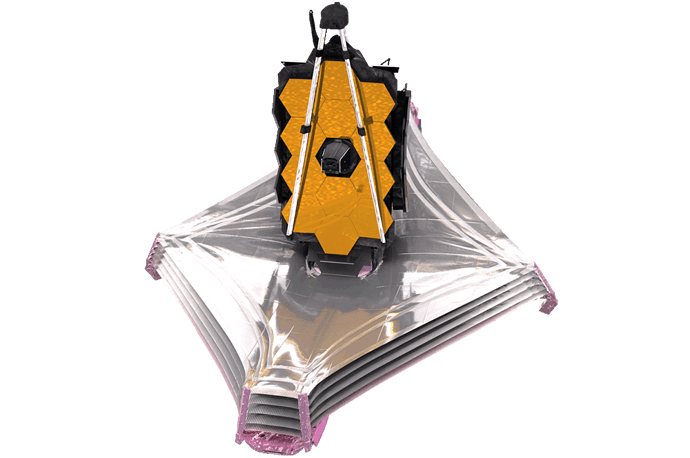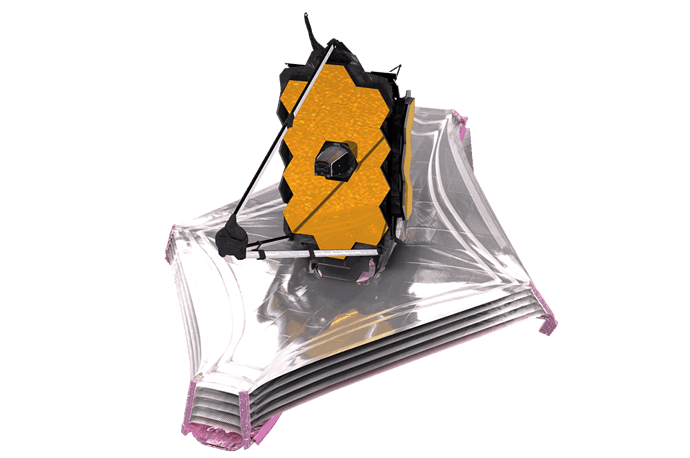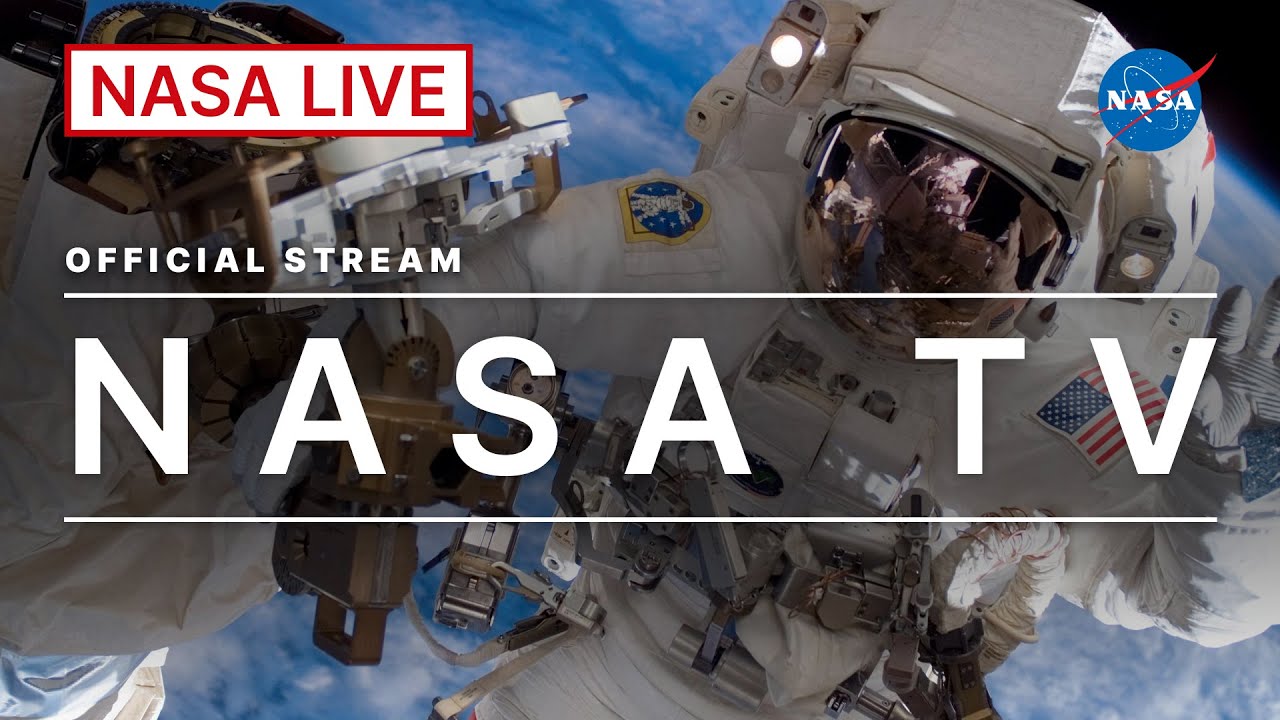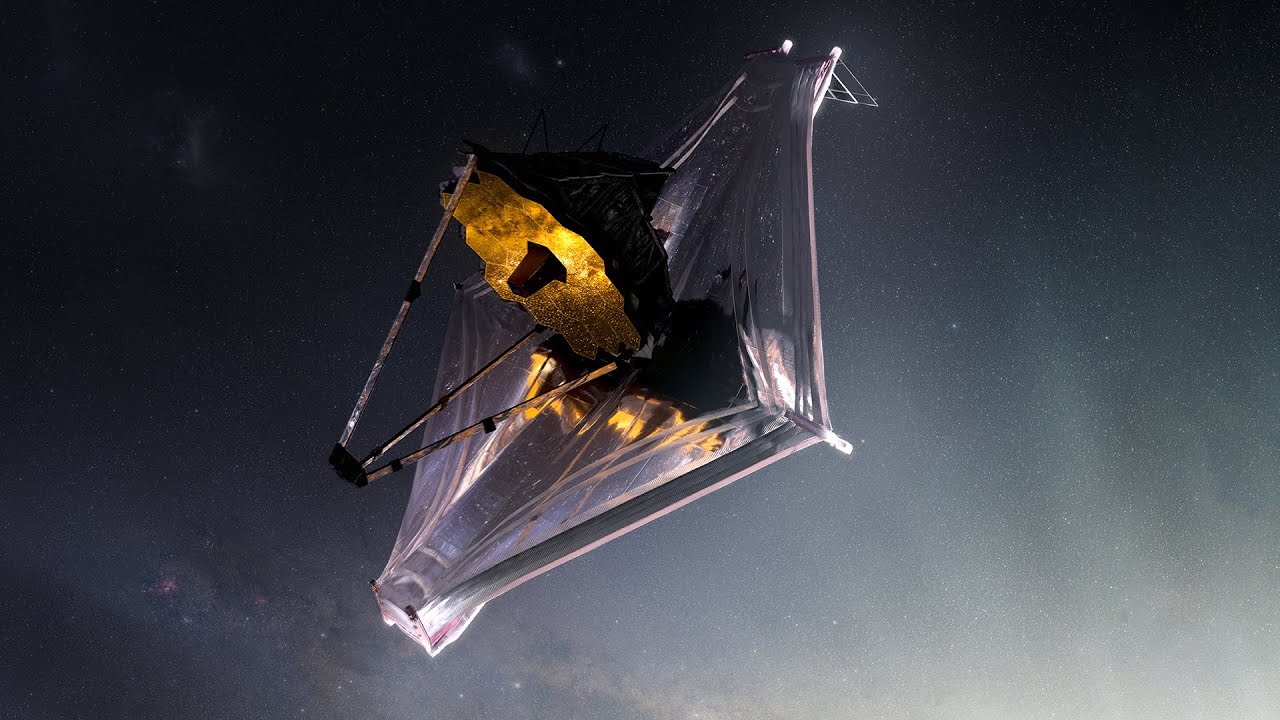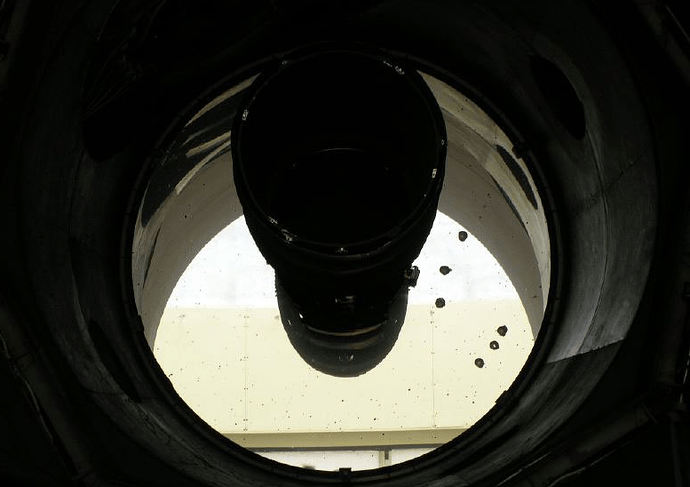Here is the NASA Webb blog statement on the event, “Webb: Engineered to Endure Micrometeoroid Impacts”.
Micrometeoroid strikes are an unavoidable aspect of operating any spacecraft, which routinely sustain many impacts over the course of long and productive science missions in space. Between May 23 and 25, NASA’s James Webb Space Telescope sustained an impact to one of its primary mirror segments. After initial assessments, the team found the telescope is still performing at a level that exceeds all mission requirements despite a marginally detectable effect in the data. Thorough analysis and measurements are ongoing. Impacts will continue to occur throughout the entirety of Webb’s lifetime in space; such events were anticipated when building and testing the mirror on the ground. After a successful launch, deployment, and telescope alignment, Webb’s beginning-of-life performance is still well above expectations, and the observatory is fully capable of performing the science it was designed to achieve.
⋮
To protect Webb in orbit, flight teams can use protective maneuvers that intentionally turn the optics away from known meteor showers before they are set to occur. This most recent hit was not a result of a meteor shower and is currently considered an unavoidable chance event. As a result of this impact, a specialized team of engineers has been formed to look at ways to mitigate the effects of further micrometeoroid hits of this scale. Over time, the team will collect invaluable data and work with micrometeoroid prediction experts at NASA’s Marshall Space Flight Center to be able to better predict how performance may change, bearing in mind that the telescope’s initial performance is better than expected. Webb’s tremendous size and sensitivity make it a highly sensitive detector of micrometeorites; over time Webb will help improve knowledge of the solar system dust particle environment at L2, for this and future missions.
Furthermore, Webb’s capability to sense and adjust mirror positions enables partial correction for the result of impacts. By adjusting the position of the affected segment, engineers can cancel out a portion of the distortion. This minimizes the effect of any impact, although not all of the degradation can be cancelled out this way. Engineers have already performed a first such adjustment for the recently affected segment C3, and additional planned mirror adjustments will continue to fine tune this correction. These steps will be repeated when needed in response to future events as part of the monitoring and maintenance of the telescope throughout the mission.
“With Webb’s mirrors exposed to space, we expected that occasional micrometeoroid impacts would gracefully degrade telescope performance over time,” said Lee Feinberg, Webb optical telescope element manager at NASA Goddard. “Since launch, we have had four smaller measurable micrometeoroid strikes that were consistent with expectations and this one more recently that is larger than our degradation predictions assumed. We will use this flight data to update our analysis of performance over time and also develop operational approaches to assure we maximize the imaging performance of Webb to the best extent possible for many years to come.”
The solar system is a a dusty place, with interplanetary dust from comets, asteroid collisions, and even dust storms on Mars everywhere, often on trajectories which result in impacts at tens of kilometres per second should they encounter a spacecraft. There’s so much dust out there you can see it with the unaided eye with a clear and transparent sky after sunset and before dawn: the zodiacal light. With a target as big as Webb’s main mirror, impacts and pitting are inevitable, but are not expected to degrade optical performance over the expected life of the telescope.
While L2 may be a danger zone for telescope mirrors, it’s nothing compared to Texas.
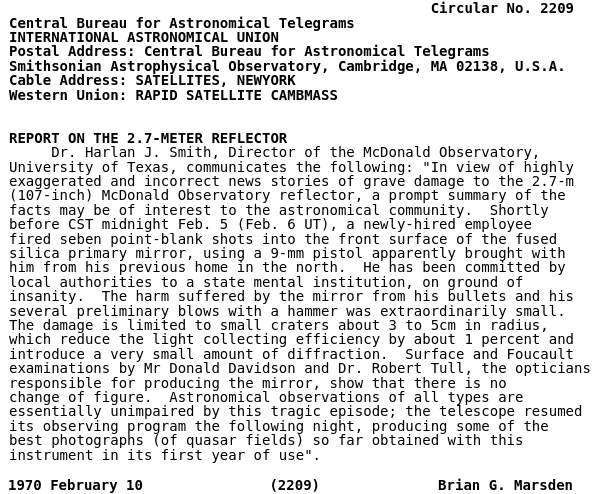
Here is a contemporary report from the
New York Times, “
Texas Man Fires into a Telescope”, 1970-02-07.
